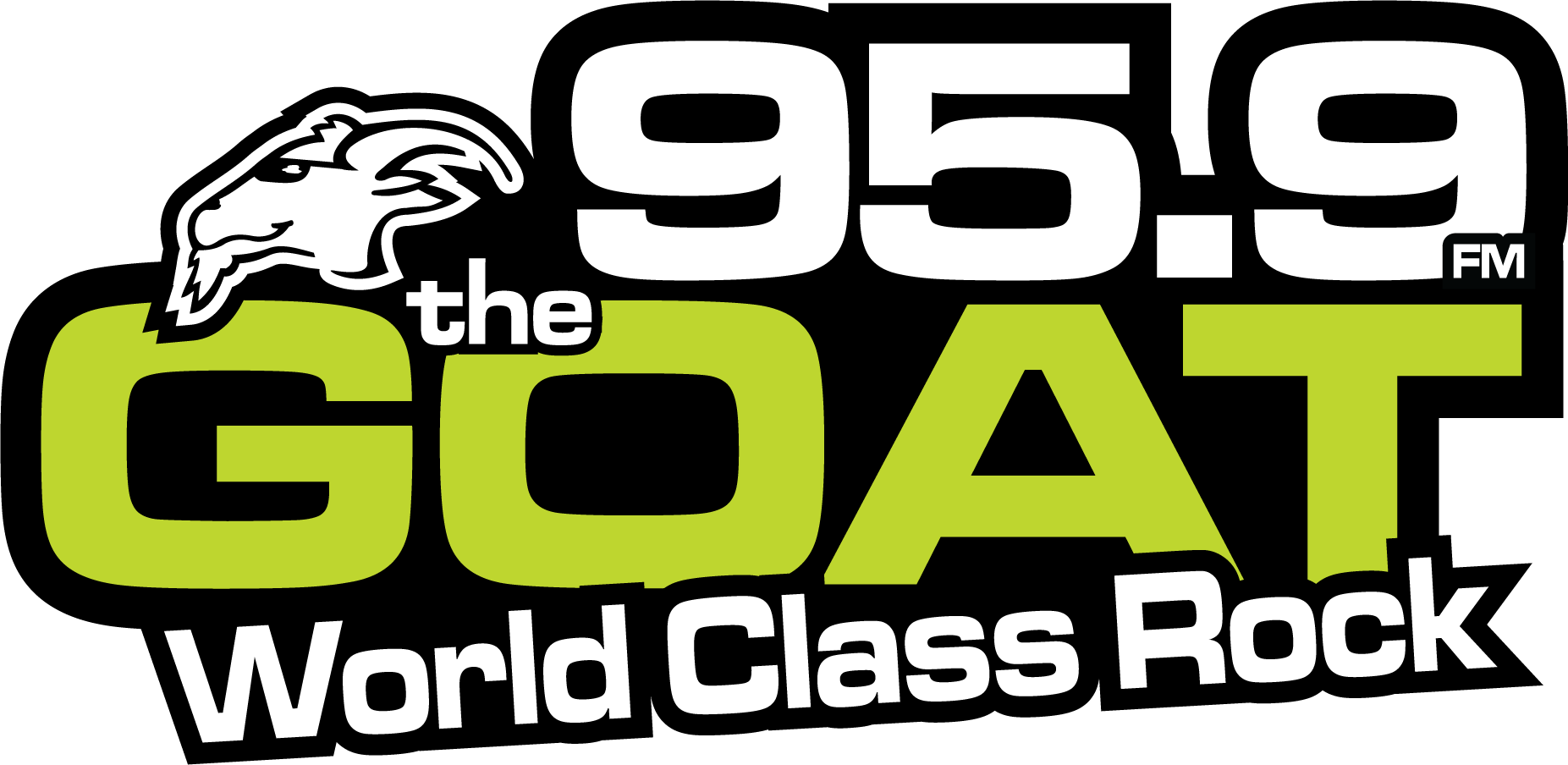Salmon stocks in the Nechako River appear to be recovering since being all but completely wiped out in the mid 1950s by the construction of the Kenney Dam.
Independent member of the Nechako Fisheries Conservation Program David Levy says Chinook habitat in the river is bouncing back.
“Over the past period since 1988, populations have either maintained at a steady level or slightly increased. This is kind of unusual because many of the other populations in the Fraser River watershed are actually declining.”

However he notes this year’s returns will almost certainly be down significantly, but it’s still too soon to say by how much.
Construction on the Kenney Dam was completed in 1954, and effectively reversed the flow of the river through the Kemano tunnel to power an aluminium smelter in Kitimat. Somewhere between 70-80% of the Nechako River was diverted from its regular course with the remaining released out of the Skins Lake Spillway into the Cheslatta River and Lake system which flows into the Nechako River downstream.
This destroyed salmon stocks and the traditional lands of the Cheslatta Carrier First Nation. Last year the Saik’uz and Stellat’en First Nations won the right to sue Rio Tinto over the impacts of the dam.
For years, groups have called for a cold water release facility to release water at the Kenney Dam. The water currently released at the Skins Lake Spillway is warm surface water, which warms further as it slowly moves through Cheslatta system. A cold water release facility would draw water from deep in the reservoir and release it directly into the now dried river bed of the Nechako at the Kenney Dam which in theory would support salmon returns and lower the negative impact of the spillway on the Cheslatta system.
Multiple funding announcements for the projects have been made, but it’s never been built.
Levy says the facility hasn’t been built for good reason, and that would possibly actually end up lowering the temperature of the river farther downstream by lowering the total amount of water being released into the river.
“It’s a little counter intuitive but there’s been a huge amount of feasibility work and engineering studies, biology studies that have really failed to prove the benefits of the cold water release facility.”
However, several reports from the Nechako Environmental Enhancement Fund support the facility.
The Nechako Fisheries Conservation Program says the current system has managed to keep instances the river being above 20C at an average of just 3.2 days a year between 2010 and 2015.


